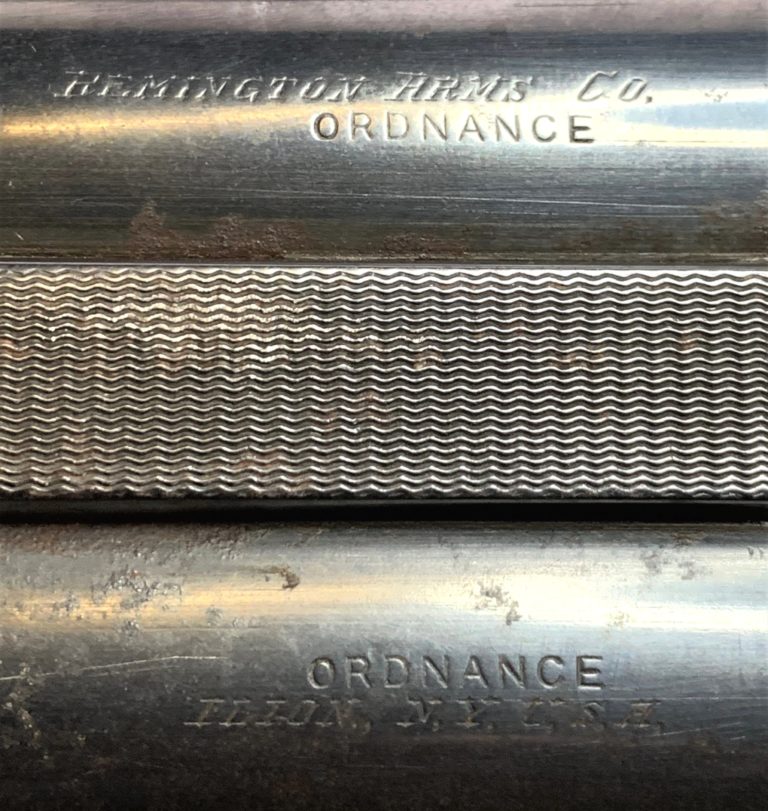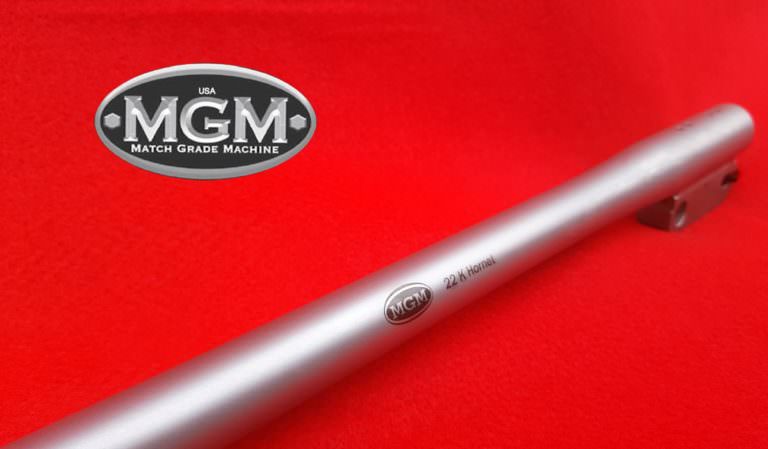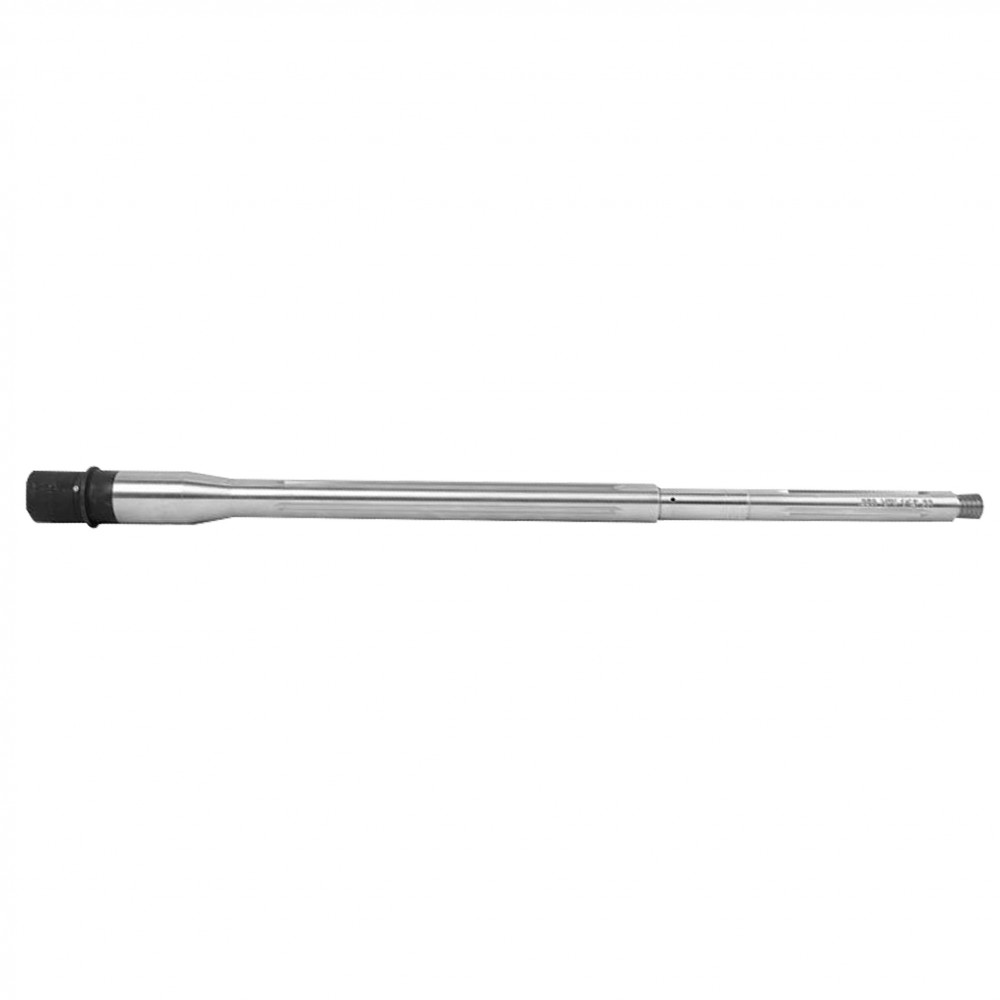

Their main difference is alloy content-carbon steel has under 10.5 percent alloy content, while stainless steel must contain 10.5 percent chromium or more.

Difference Between Carbon Steel and Stainless SteelĬarbon steel and stainless steel have the same basic ingredients of iron and carbon. In carbon steels, the higher carbon content lowers the melting point. Regardless of the heat treatment, a higher carbon content reduces weldability. The term “carbon steel” may also be used in reference to steel which is not stainless steel in this use carbon steel may include alloy steels.Īs the carbon percentage content rises, steel has the ability to become harder and stronger through heat treating however, it becomes less ductile. The definition of carbon steel from the American Iron and Steel Institute (AISI) states: Steel is considered to be carbon steel when: no minimum content is specified or required for chromium, cobalt, molybdenum, nickel, niobium, titanium, tungsten, vanadium or zirconium, or any other element to be added to obtain a desired alloying effect the specified minimum for copper does not exceed 0.40 percent or the maximum content specified for any of the following elements does not exceed the percentages noted: manganese 1.65, silicon 0.60, copper 0.60. Mild Steel Pipes Dimensions – IS 1239, IS 3589, IS 4923Ĭarbon steel is steel with carbon content up to 2.1% by weight.Stainless Steel Pipe Dimensions, ANSI B36.19.Carbon Steel Seamless Pipe Dimensions, ANSI B36.10.


Damasteel’s stainless Damascus patterned steel, Damacore ® DC21R is a powder metallurgy-based steel with two different alloys.


 0 kommentar(er)
0 kommentar(er)
